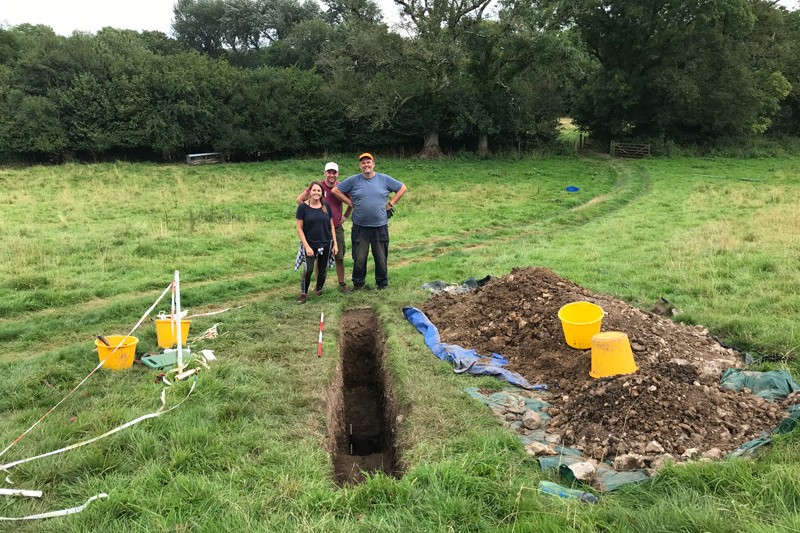BU's Emeritus Professor Nigel Jump writes the next in a series of economic blogs looking at the impact of Covid-19 on the economy.
Real Incomes under pressure
Real incomes are expected to come under pressure this year:
- nominal pay will not rise as fast as overall inflation for many workers and households
- with several key supply chains broken, big hikes in energy and other prices are coming this Spring
- taxes will be rising.
Take home pay, especially for fixed income households, will be under strain. Some estimates suggest an average £1,000+ hit to annual incomes with energy possibly increasing to 12% of vulnerable households’ spending.
Late 2021 and early 2022 have been awkward for a labour market typified by excess demand and supply disruption. The UK unemployment rate was low at 4.1% in the September-November period. Employees in employment was 75.5% - not back to the peak rate but a new absolute high, reflecting changes in self-employment, foreign workers, early retirement et al. Other measures, such as hours worked and part-time working show similar patterns – generally up, but mostly not yet back to pre-pandemic levels or rates. Vacancies (almost 1.25 million) were at a record high, but inactivity (21.3%) is also high and rising. The UK labour market seems rather disjointed by a skills and motivation mismatch between supply and demand. The SW labour market, with its relatively low working age group (60% aged 16-64) and high working age employment rate (76.8%), shows strong demand for skills, especially in food supply chains and related services, but also harbours high inactivity in some parts of the regional demographic.
There is some risk of higher unemployment as the Omicron wave works through, business costs rise and government support wanes. But, so far, the labour market has proved more resilient than expected. There is a risk of stagnant wages for many in work at the same time as others benefit from key skills shortages - boosting pay in some occupations. The demographic distribution of direct living standards seems to be becoming more unequal.
Inflation is being allowed by official monetary largesse and stoked by 5+fold increases in wholesale gas and electricity costs and the resultant failure of tens of new energy suppliers (CPI new high of 5.4% in December 2021). Tax rises/takes are also in train from National Insurance, Council taxes and tax threshold freezes. Given the context of debt (annual state borrowing up to 15% of GDP and public sector net debt at its highest – 96% of GDP – since the 1960s), further Treasury measures, (to increase fiscal yields, adjust for long-term structural change and to increase national resilience), are expected in the years ahead. Meanwhile, in the near term, a government under pressure may be inclined to offer further short-lived relief through the benefits, indirect tax or regulated price systems.
How will households and firms react to the strain on real incomes? Theory would expect aggregate demand to slow and/or fall depending on the scale of the ‘hit’. It would also predict more priority on spending for essentials and products or services that are difficult to reduce, postpone or stop. Hence, we see a potential for foods, fuels and shelter to increase their shares of the consumption cake relative to more discretionary items.
This may be problematic for a number of key industries in Dorset and its hinterland, such as leisure and visitor related services. This is not to say there will be ‘no growth’ in such sectors: the pandemic recovery factor (“bounce”) remains important. It does imply, however, relatively weaker growth than might otherwise have been the case for some aspects of tourism, hospitality and a range of personal services.
There is also a potential element of substitution as we adjust further to Brexit’s impact on domestic and overseas demand and supply patterns:
- Will ‘staycations’ keep more UK expenditure at home?
- Will we still want our “foreign sun fix” or will lingering Covid effects mean less spending overseas?
- Will overseas visitors to Dorset return more or less than hoped?
Even though the macro picture is clear, there are a range of unknowns in the micro detail of reduced demand as real incomes come under pressure. Housing, construction and transport are other areas of uncertainty as we experience bottlenecks and supply disruptions at the same time as a possible waning of some aspects of pent-up demand. Arable and livestock farming and fisheries etc, also have to adjust in anticipation of new support mechanisms and market changes.
In summary, as real incomes suffer, 2022 may reveal an economy that is smaller than it could have been without the effects of the pandemic. Productivity will remain soft, and activity may be weak relative to potential. The government will say post-Brexit opportunities and policy “levelling up”, bolstered by investment and innovation and climate measures, will bring their rewards to growth and prosperity in due course. But, even the most optimistic will agree that those benefits will probably not be felt this year. As the Bank of England tightens monetary policy, we face a race between the short-term pressures of income squeezes and demand constraints and a long-term adjustment to opportunities for new investment, innovation and skills. It will be an intriguing economic history to look back on from the late 2020s, but it will be a nervous economy to live through right now.



